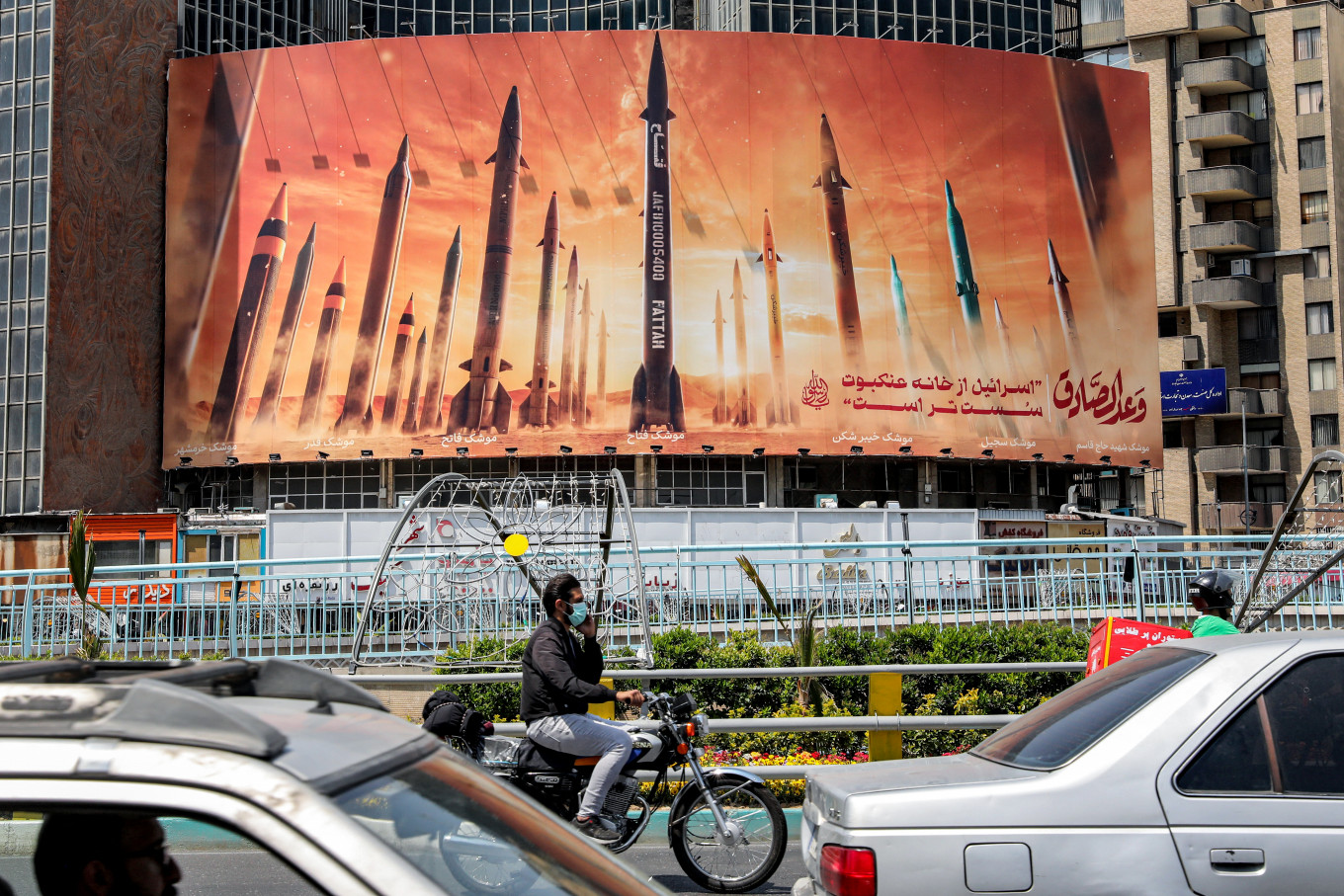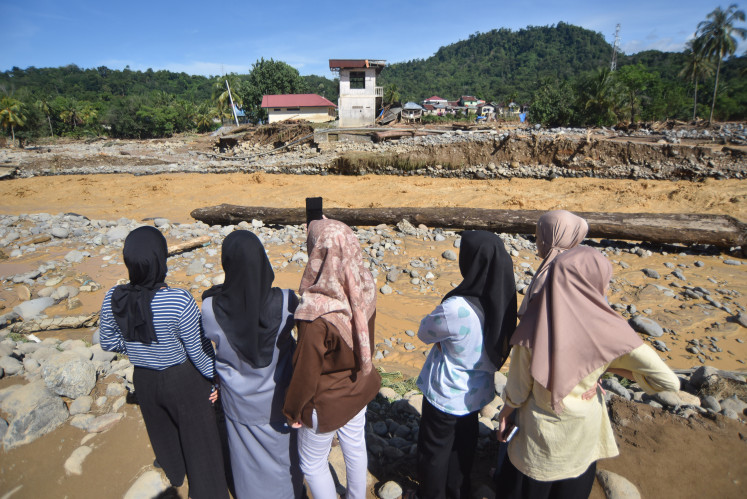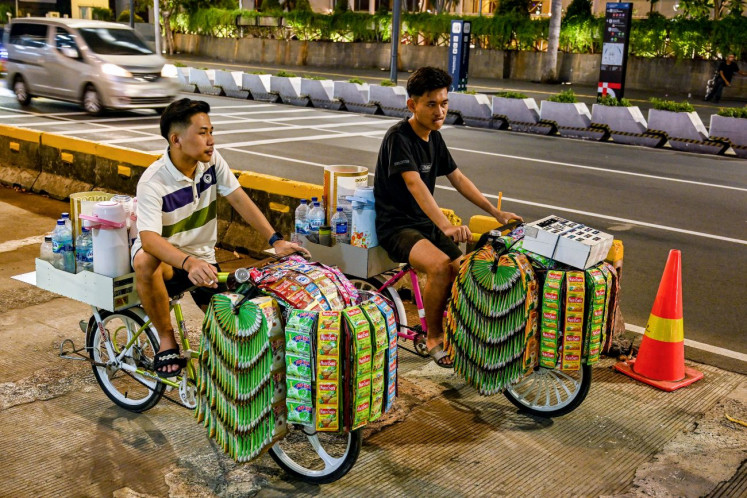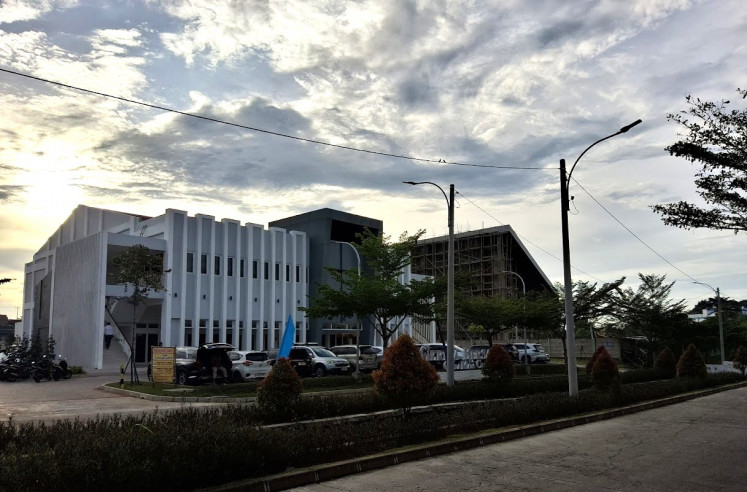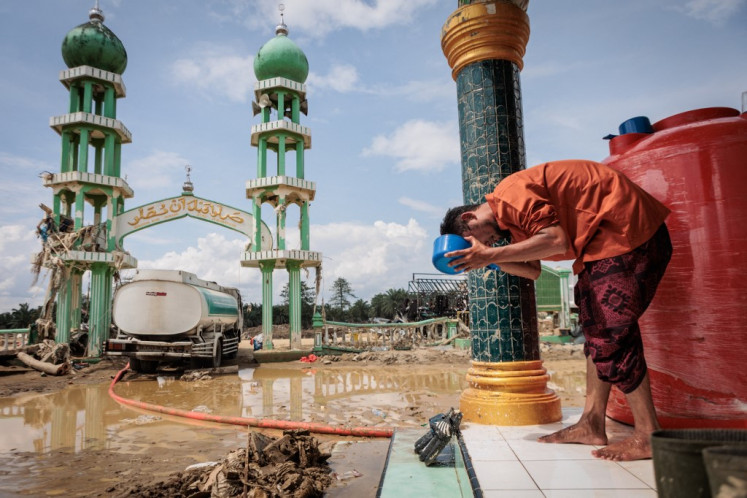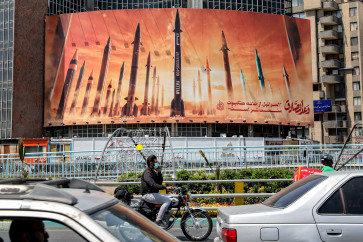Popular Reads
Top Results
Can't find what you're looking for?
View all search resultsPopular Reads
Top Results
Can't find what you're looking for?
View all search resultsArea defense for Indonesia’s deterrence in modern warfare
While the procurement of air defense system equipment shows Indonesia’s growing realization of its vulnerability toward potential airstrikes, most of this equipment is not combat proven.
Change text size
Gift Premium Articles
to Anyone
M
odern armed forces are now facing the threat of a full spectrum of equipment, from low-cost drones to ballistic missiles. The Iran-Israel war in June has shown us that the evolution of warfare has been significant over recent years and that ballistic missiles remain a threat that should not be underestimated.
Ballistic missiles are generally classified into four categories, namely short range or tactical ballistic missiles (less than 1,000 kilometers), medium-range or theatre (1,000-3,000km), intermediate-range (3,000-3,500 km) and long-range or intercontinental ballistic missiles/ICBM (more than 5,000 km). Furthermore, ballistic missiles can carry conventional, nuclear, biological or chemical warheads.
Throughout history, ballistic missiles have been widely used in open conflicts, such as in World War II by Germany in 1944-1945, in the 1973 Yom Kippur War and in Iran-Iraq War in 1980s.
More recent examples of conflicts involving ballistic missiles are in Russia’s war of aggression against Ukraine and Israel's war of aggression against Iran. While many states have acquired and used ballistic missiles throughout the years, the weapons have also been used exponentially in proxy conflicts, including by rebel groups and insurgents, such as Hezbollah, Hamas, as well as by Ansarallah, sometimes known as the Houthis, in Yemen and in the Red Sea.
With the proliferation of ballistic missiles and actors who are able to use them, the threat of such weapons thus remains relevant and further highlights the importance of ballistic missile defense (BMD) in state deterrence and defense. Few examples include Israel’s Iron Dome, David’s Sling and Arrowhead System, the United States’ Patriot, Russia’s S-400 and Ukraine’s S-300 and NIIP Tikhomirov 9K37.
For Indonesia, although situated far from ongoing conflicts, the looming threat of long-range weapon systems persists and is becoming more relevant. Being the largest archipelago in the world that is positioned strategically in the Indo-Pacific region and is hosting strategic maritime chokepoints crucial for international trade and shipping makes such a threat more prominent for Indonesia.
For instance, an immediate concern for Jakarta is China's military buildup in the South China Sea and deployment of strategic assets that could breach Jakarta’s territorial integrity, such as YJ-12B land-based anti-ship cruise missiles and HQ-9B long-range surface-to-air missiles that Beijing deploys in the Spratly Islands.

